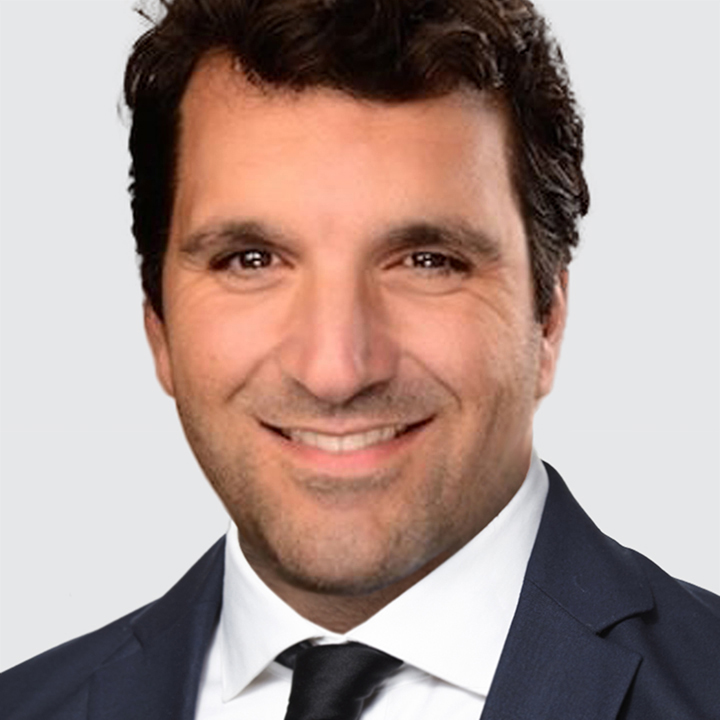Give Trade a Chance
US
USD is up near the top end of this month’s range. US and European equity futures are slightly lower while stocks in Asia nudged higher. The US and China have agreed on a framework to restore the trade agreement reached last month. No detail of the framework was offered, and no other meetings are scheduled. However, US Commerce Secretary Howard Lutnick said: “We do absolutely expect that the topic of rare earth minerals and magnets…will be resolved in this framework implementation.”
USD will take its cue from the US May CPI print (1:30pm London). Headline CPI is expected at 2.4% y/y vs. 2.3% in April and core CPI is expected at 2.9% y/y vs. 2.8% in April. The Cleveland Fed’s Nowcast model forecasts headline and core at 2.4% y/y and 2.8% y/y, respectively.
The rising ISM prices index point to a reacceleration in inflation pressures. Moreover, the June Fed Beige Book warned that “Prices have increased at a moderate pace since the previous report. There were widespread reports of contacts expecting costs and prices to rise at a faster rate going forward…All District reports indicated that higher tariff rates were putting upward pressure on costs and prices.”
Faster US inflation can raise risk the US enters a period of stagflation and further weigh on USD. In contrast, tamed inflation would reinforce confidence in the Fed’s ability to engineer a soft landing and support a modest short-term relief rally in USD.
There was good demand at yesterday’s 3-year Treasury auction. The bid-to-cover ratio was 2.52 vs. 2.56 at the previous auction and an average of 2.59 since 2024. 3-year Treasury yields are steady around 4.00%. The focus now shifts to today’s $39bn 10-year Treasury auction and tomorrow’s $22bn 30-year Treasury auction.
EUROZONE
EUR/USD is holding above 1.1400. The ECB’s forward-looking wage tracker is due today (9:00am London). The wage tracker with unsmoothed one-off payments - which closely matches the ECB’s indicator of negotiated wages - currently indicates an average negotiated wage growth of 2.8% y/y over 2025. That rate of wage growth is consistent with the ECB’s 2% inflation target given annual productivity growth of 0.4%.
Bottom line: the ECB’s easing cycle is almost finished and underpins a firm EUR. The swaps market still implies 50bps of rate cuts over the next 12 months and the policy rate to bottom at 1.50%. Risk is the ECB delivers only one more 25bps cut this cycle.
UK
GBP/USD stabilized after falling 0.7% yesterday on UK labor market data that pointed to increase scope for Bank of England rate cuts. Chancellor of the Exchequer Rachel Reeves will deliver the government’s spending review today. The spending review sets out multi-year spending envelopes for each government department and is unlikely to have a meaningful impact on financial markets. However, watch-out for any hints that Reeves will break her self-imposed fiscal rules, or plans to increase gilt issuance.
HONG KONG
USD/HKD is testing the upper end of its 7.7500-7.8500 band. The sharp upward adjustment to USD/HKD in the past month was triggered by the Hong Kong Monetary Authority (HKMA) FX intervention in early May. HKMA sold HK$129.4 billion ($16.7 billion) to defend the currency peg when it was trading as low as 7.7500.
The intervention boosted HKD liquidity and led to a substantial drop in Hong Kong interbank borrowing costs. One-month HIBOR dropped from nearly 4.00% to 0.60% while the equivalent US rate remains near 4.3%. The large spread between the US and Hong Kong interest rates is fueling a carry trade (borrow HKD, lending USD) and pushing USD/HKD towards the top side of the band.
This is not sustainable and soon the HKMA will need to drain excess liquidity by selling USD for HKD. For now, HKMA Aggregate Balance (which reflects how much spare cash banks have in the HKD system) remains elevated, suggesting excess HKD liquidity remains flush.

